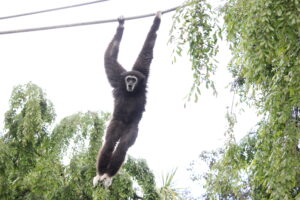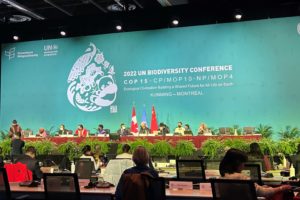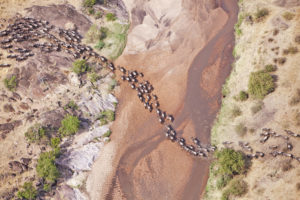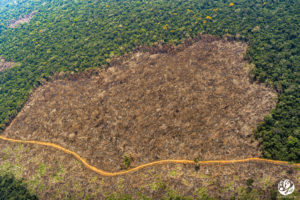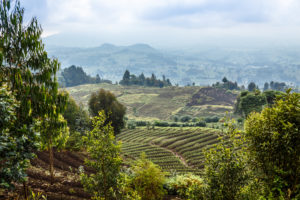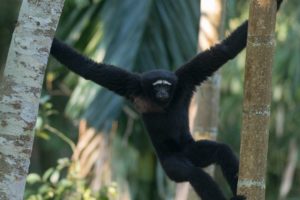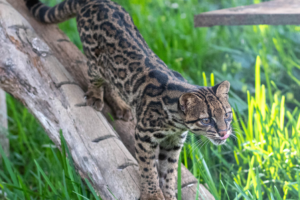Transforming Gibbons’ Commutes: Researching Canopy Bridges in Peninsular Malaysia
Gibbons are arboreal primates critical for maintaining the balance of their forest ecosystem. As seed dispersers, they help to regulate forest regeneration by spreading seeds throughout their habitat, maintaining forest diversity, and supporting other plant and animal species. Gibbons are well adapted to their tree-dwelling lifestyle, moving quickly and gracefully through the forest by swinging from branch to branch using their arms. So, when a gap occurs in the forest canopy, they lose their primary—and safest—mode of transportation.
